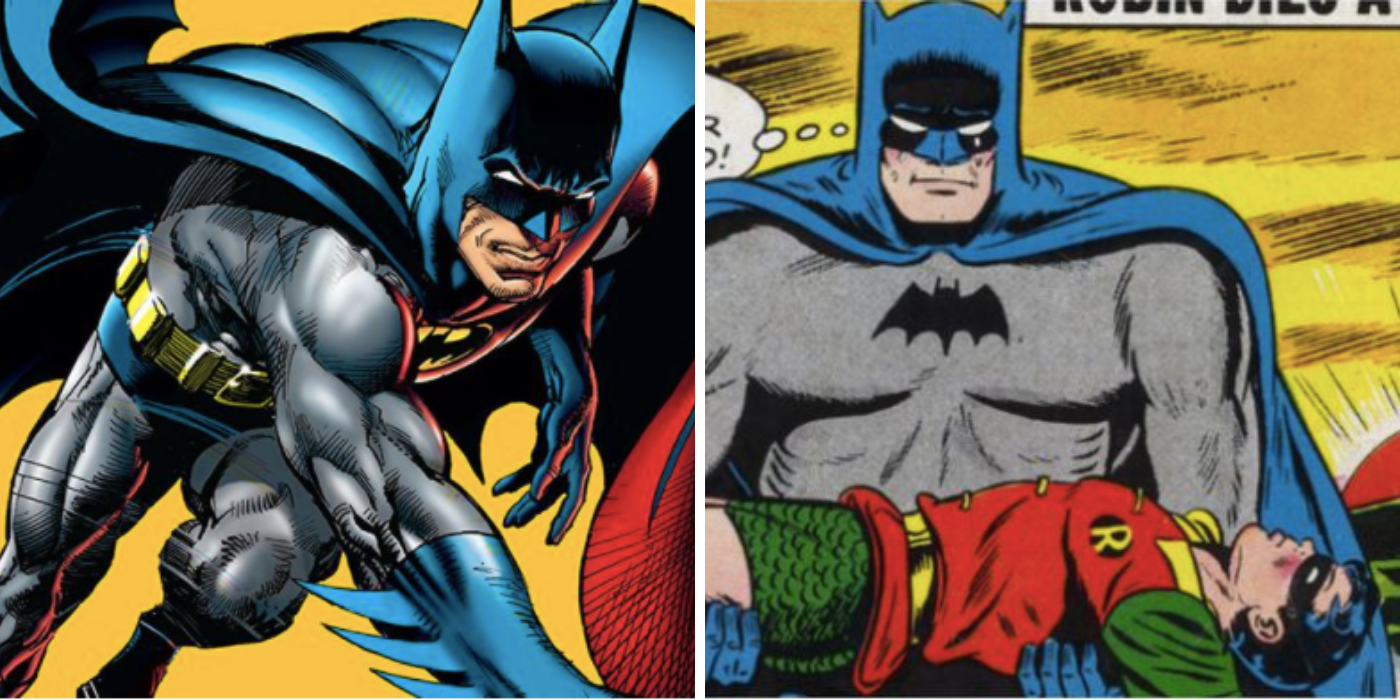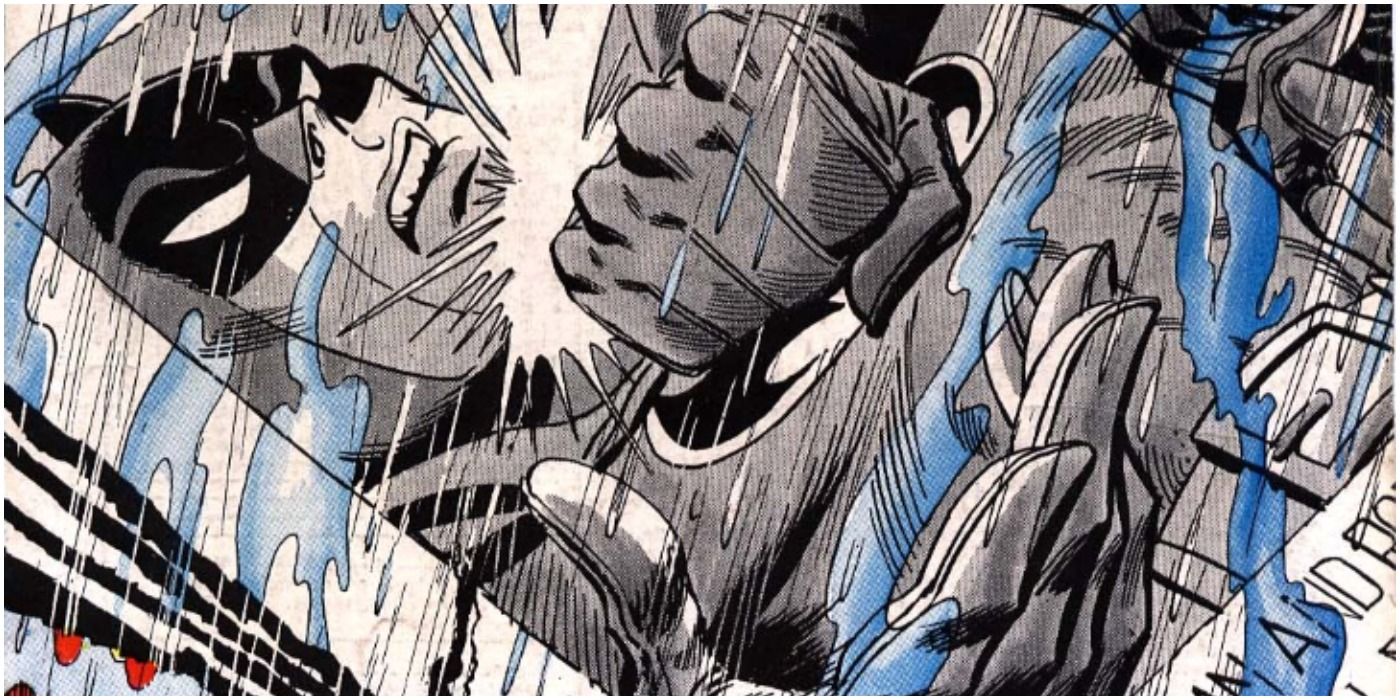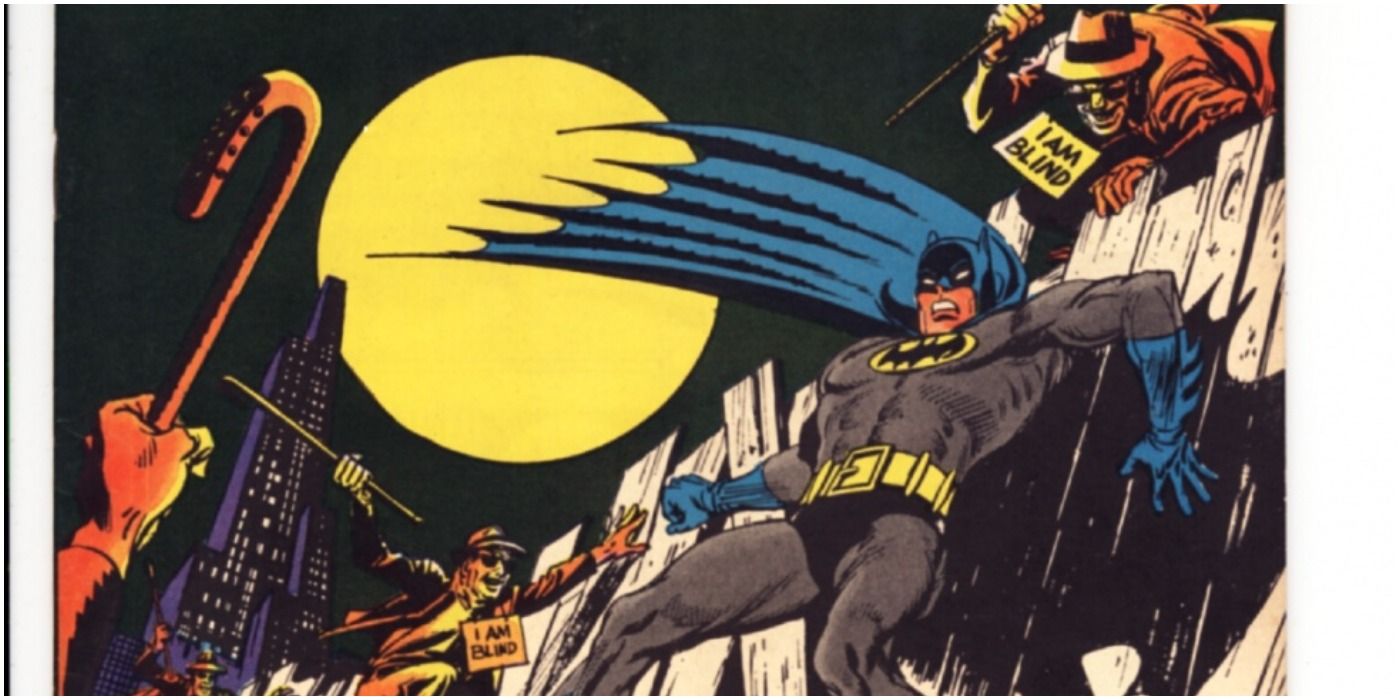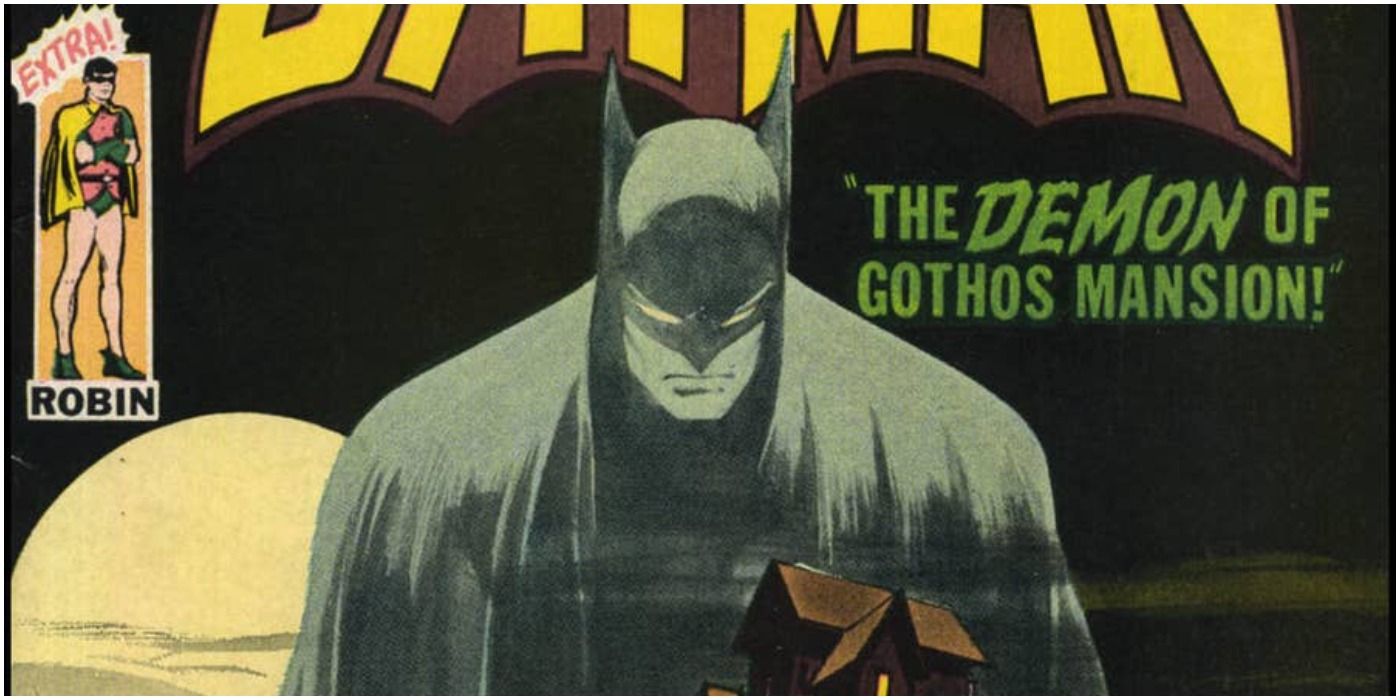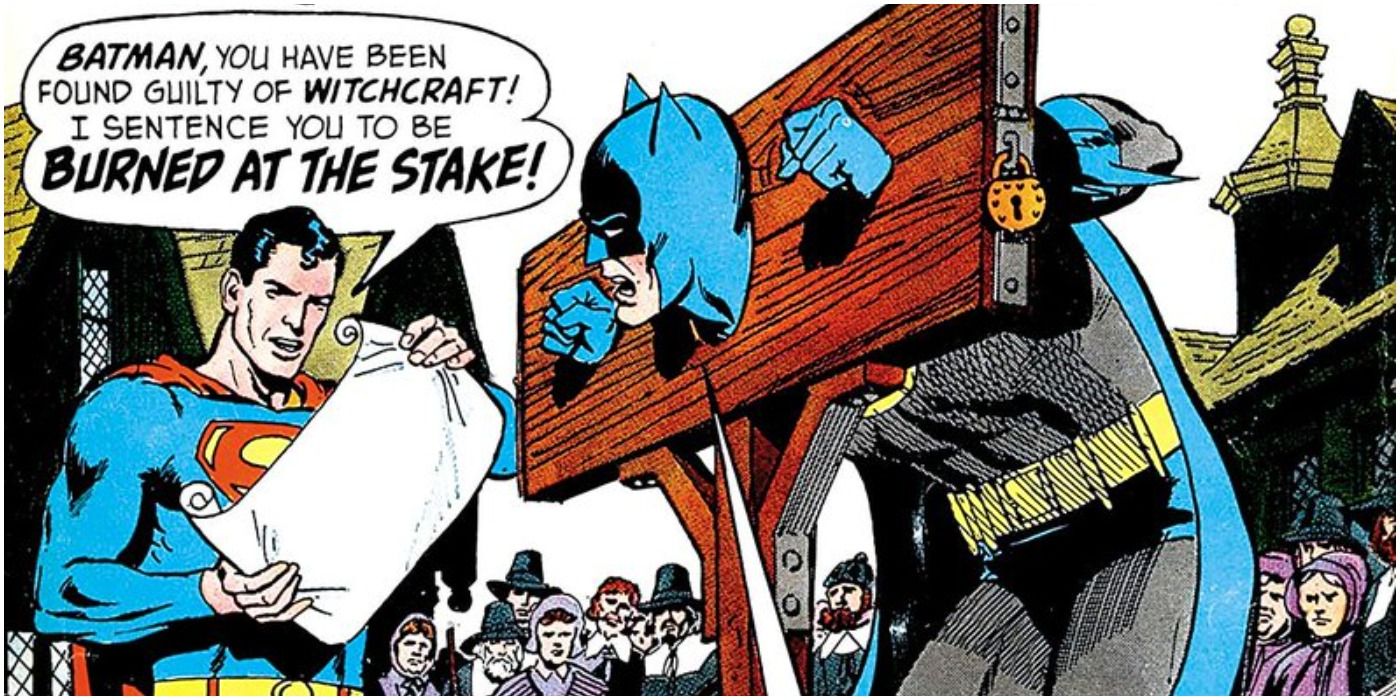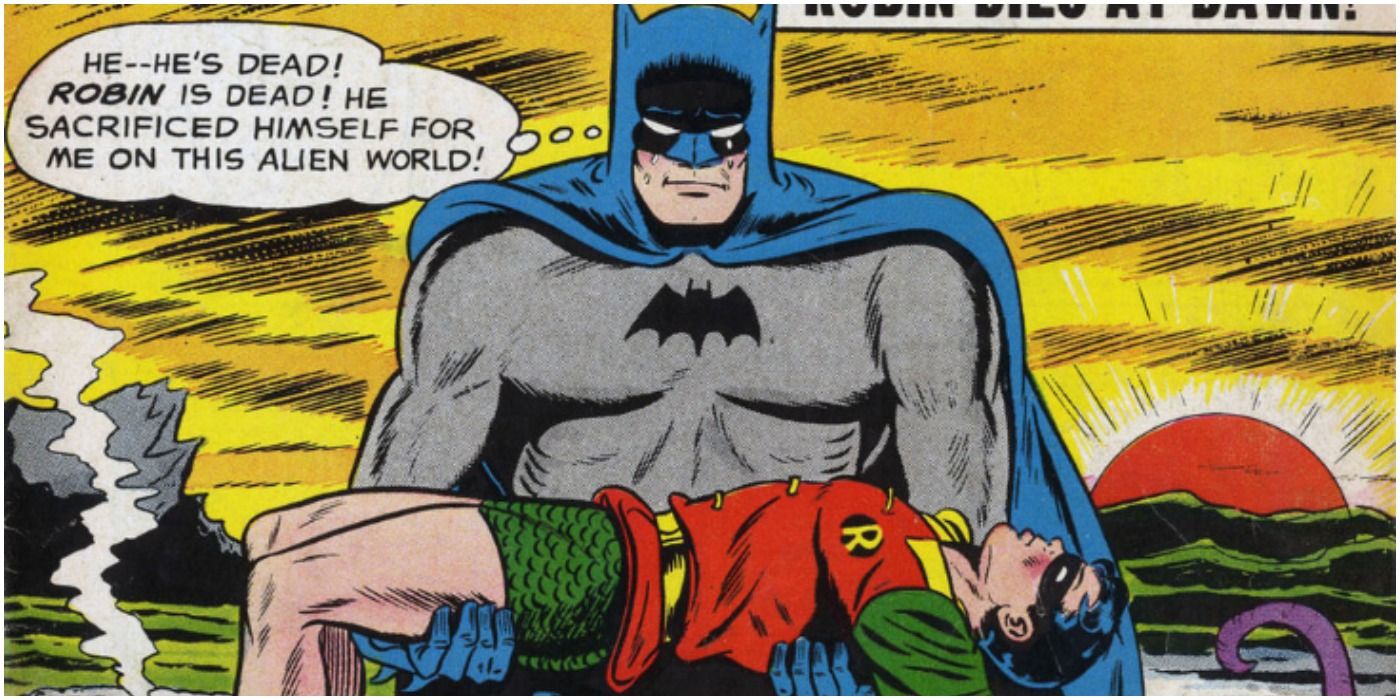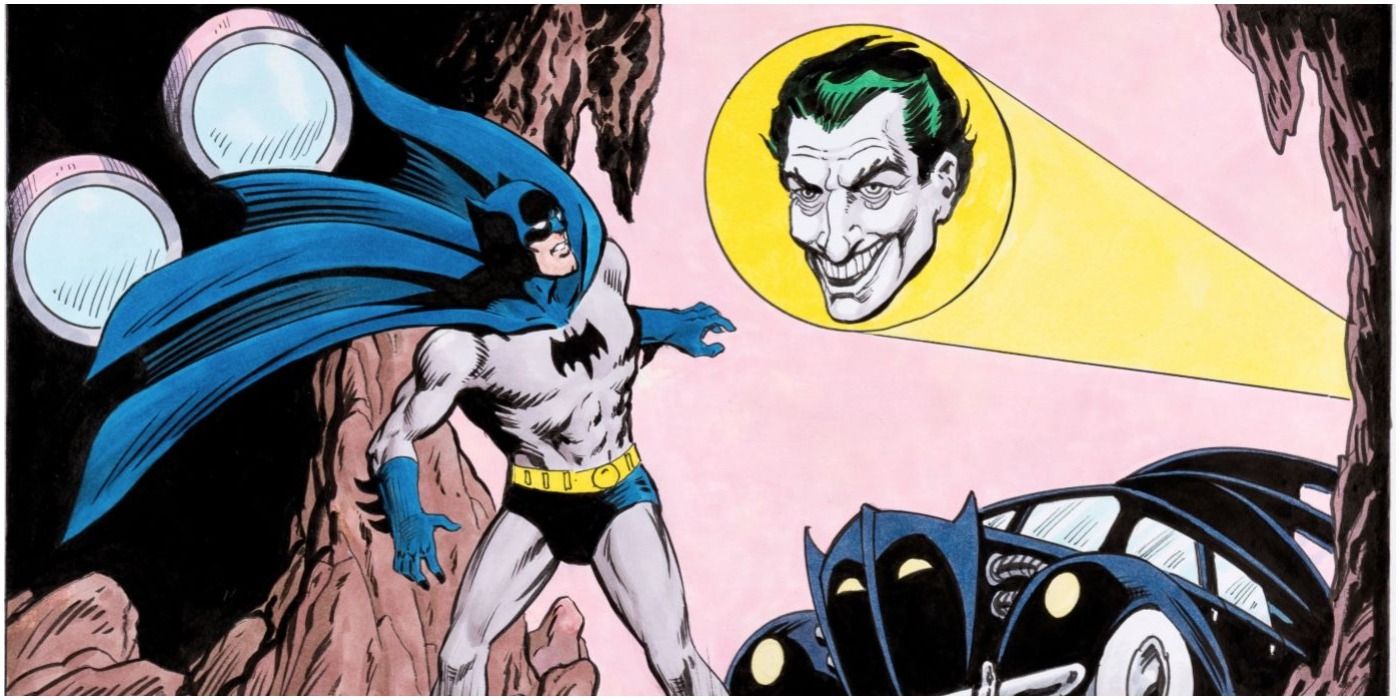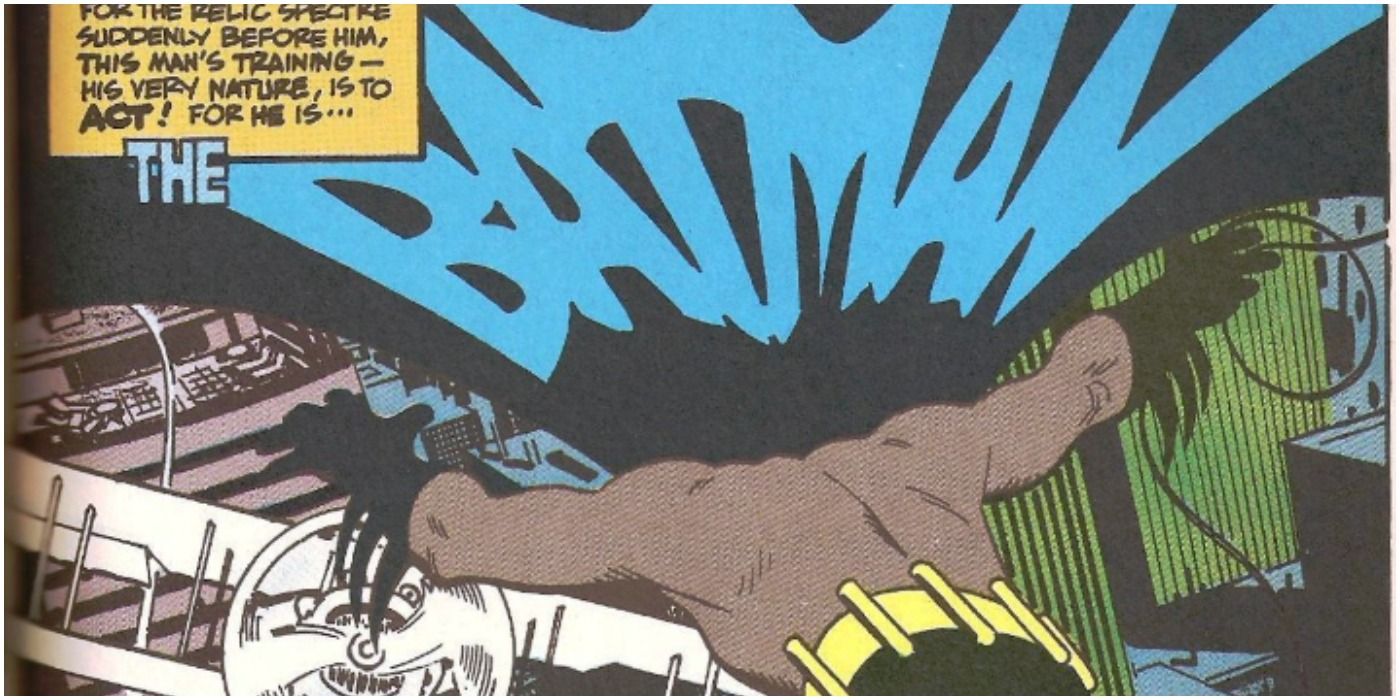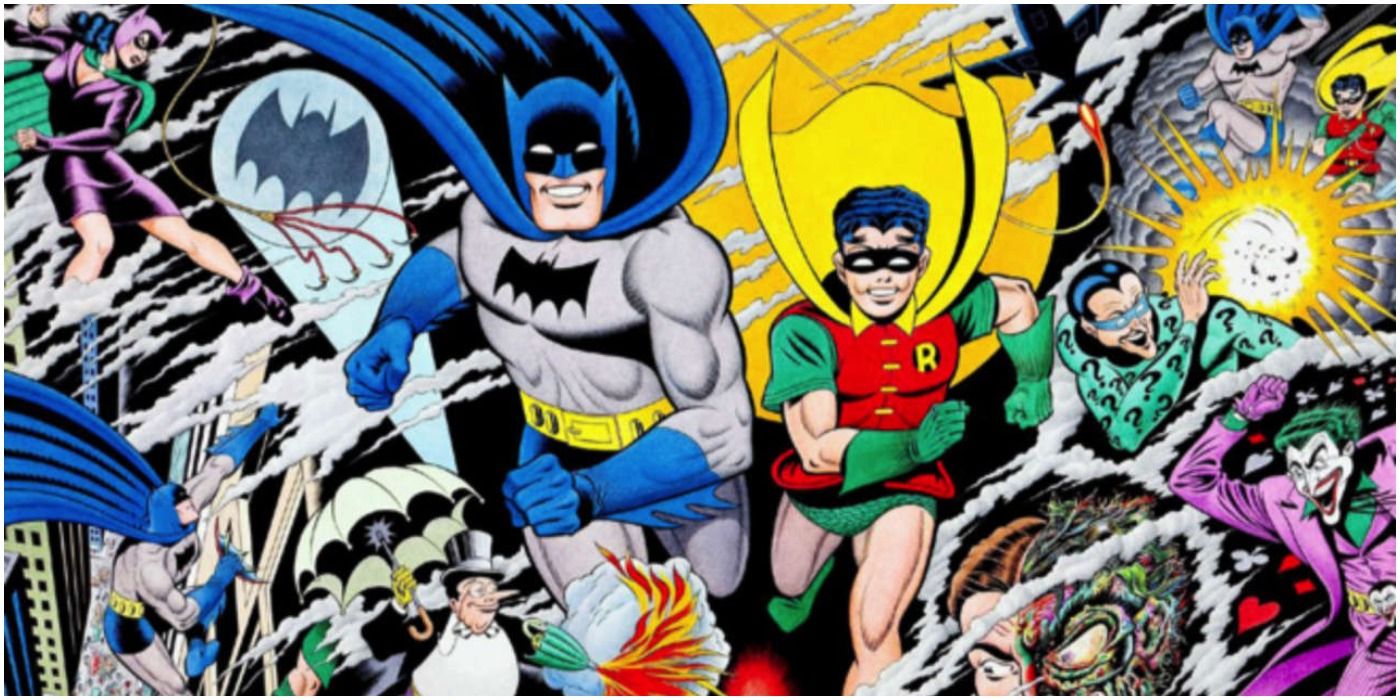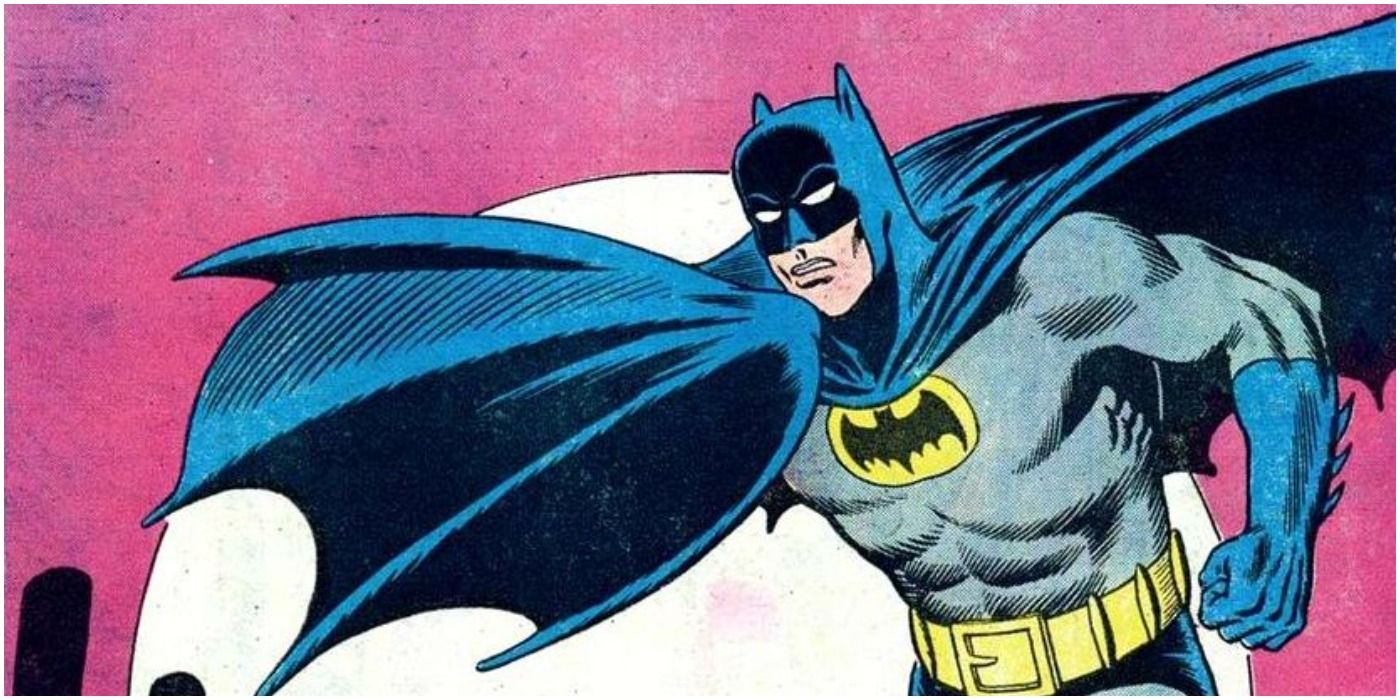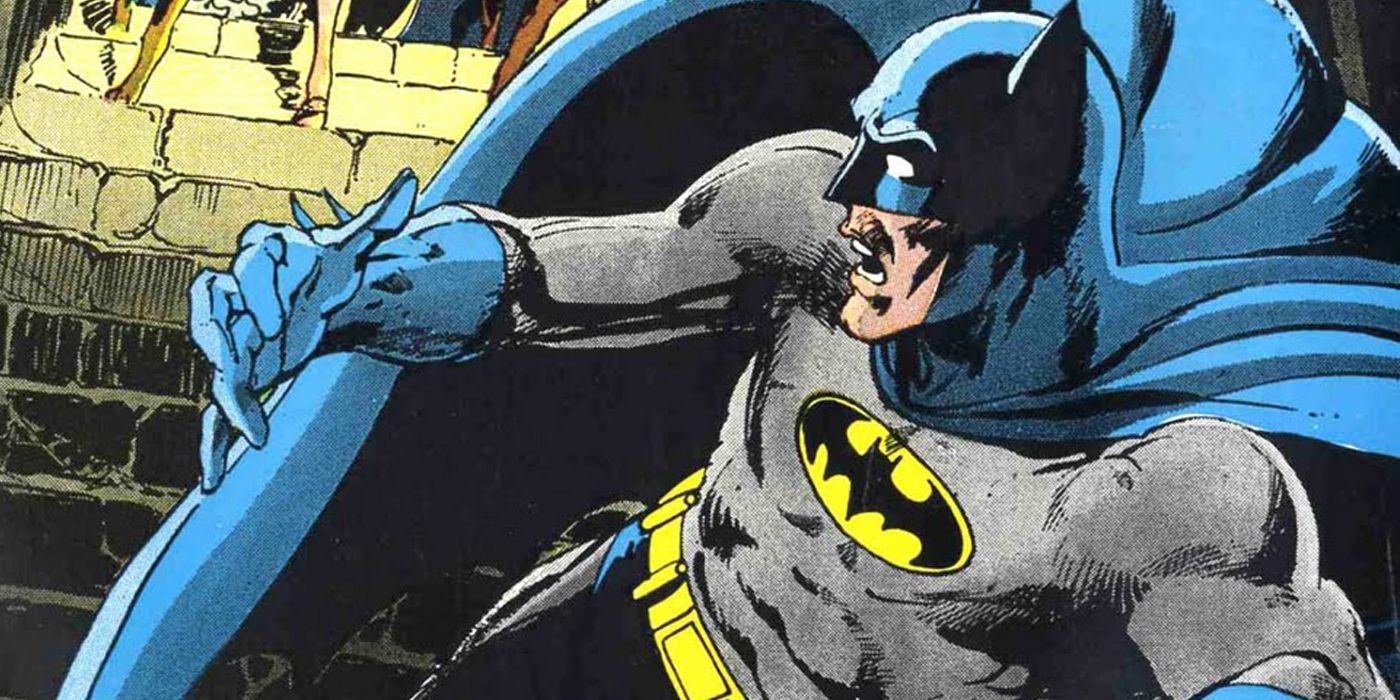Batman is one of the oldest characters in DC Comics, starting off in the Golden Age in 1939. He was a huge success from the start, and his popularity continued into the Silver Age of Comics, generally considered to be between the 1950s and 1970s. Many artists left their mark on the Dark Knight during this time.
While this era is generally dominated by memories of the 1966 Adam West live-action Batman television series, the comics continued to turn out stories every month with some of Batman's greatest artists debuting during this era.
10 Bob Brown
Bob Brown began work on the main Batman title in the 1960s. His early efforts tried to maintain the indelible style of Carmine Infantino, who preceded him. Over time, his art evolved into a more classical approach that evoked some of the style from the best Golden Age Batman stories.
That makes sense as Brown had been working in comics through that entire period, starting in 1949. He moved back and forth between Marvel and DC. Brown remained on the title through 1973.
9 Irv Novick
Irv Novick also got his start in the Golden Age of comics, and like Bob Brown, he came to Batman fairly late in the 1960s. Novick started in 1939, the same year Batman debuted. His style maintained the flat lines of the Golden age, with a little more flair thrown in.
Novick had done a lot of Wonder Woman covers and comics during the 1950s, as well as war books, which had gone out of style by that point. Novick would go on to draw other major DC titles, including The Flash and the Teen Titans.
8 Lew Schwartz
Lew Schwartz was one of a select and secret group of artists who drew Batman in the 50s and 60s. He ghosted for Bob Kane, who employed several artists to pencil the book for him without DC ever knowing. Schwartz's objective was to mimic the style of Batman co-creator Kane as closely as he could.
Every comic book company experiences major controversies, Marvel included, but this deception on the part of Kane contributed to the animus over who truly created Batman, Kane, or writer Bill Finger.
7 Curt Swan
Curt Swan drew a number of covers, and some interiors, for Batman during the 1950s and '60s. He also drew a number of issues of World's Finest, which featured some of the greatest team-ups between Batman and Superman. Swan had drawn both characters going back to the 1940s.
Swan also co-created Killer Croc, AKA Waylon Jones. Killer Croc has gone on to become a major member of Batman's Rogues Gallery, which is without a doubt one of the best rogues galleries in all of comics.
6 Sheldon Moldoff
Another significant ghost artist for Bob Kane was Sheldon Moldoff. Like Schwartz, Moldoff drew issues of Batman under the guise of Kane. As such, his style didn't deviate at all from Kane's classic if simplistic Golden Age style.
Moldoff introduced some big characters in Batman lore, including Mr. Freeze, Poison Ivy, and Clayface. One of his underrated contributions was Bette Kane, the first Bat-Girl and partner of the original Batwoman.
5 Jim Mooney
Jim Mooney's contributions to the gallery of characters in Batman include Catman, who would go on to become one of the most powerful members of the Secret Six. Mooney also started off as a ghost artist for Bob Kane before emerging as a talent in his own right.
His style was very evocative of the Golden Age, with some of the darker lines that would eventually come to define the Silver Age. Mooney also drew Supergirl during this time and eventually moved to Marvel in the 1970s.
4 Alex Toth
Alex Toth is one of the most influential artists in comic books, though his contributions to Batman on the page are limited. He drew a story in the pages of Detective Comics #442 that showed his dynamic yet classic style.
Toth's version of Batman heavily influenced his later work on the Super Friends animated series. This in turn had a massive influence on the art style of the iconic Batman: The Animated Series, one of the best-animated superhero series of the 1990s or any era.
3 Dick Sprang
Dick Sprang wasn't a ghost artist for Bob Kane, but he may as well have been. Due to contractual stipulations enforced by Kane, Sprang never got the publication credit for his voluminous work on Batman. Sprang drew decades worth of covers, stories, and panels for the Batman newspaper comic strip, from the 40s into the late 50s.
Sprang later received his just due in terms of recognition. He co-created The Riddler, who went on to make numerous appearances in film and tv versions of Batman.
2 Carmine Infantino
A major artistic force for Batman in the Silver Age was Carmine Infantino. Infantino took over artistic duties on Batman in the 1960s, ushering in the "New Look" Batman which introduced the yellow Bat-symbol for the first time.
The idea was to freshen up the character, who DC feared had gotten stale. Infantino also drew what may be one of the most important comic book stories of all time, "Flash Of Two Worlds," in The Flash #123, which introduced the concept of the Multiverse.
1 Neal Adams
Neal Adams is one of the most important artists in the history of Batman and comics. Adams came to the character in the aftermath of the Batman TV series in the 60s, which in the minds of many, diminished the character.
Adams took the character in a more realistic direction, with his patented style emphasizing realistic physiques and fights. His art successfully led the character out of the campy era of the 60s into what would be a darker one in the 70s and 80s.

